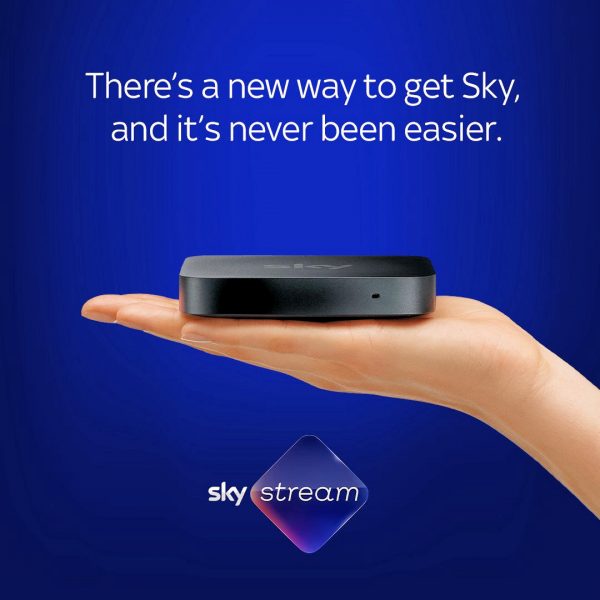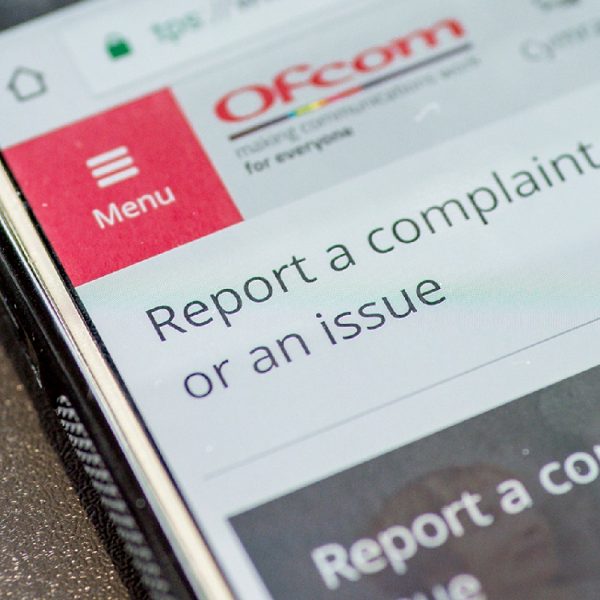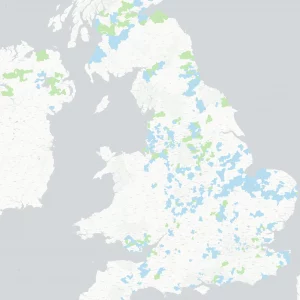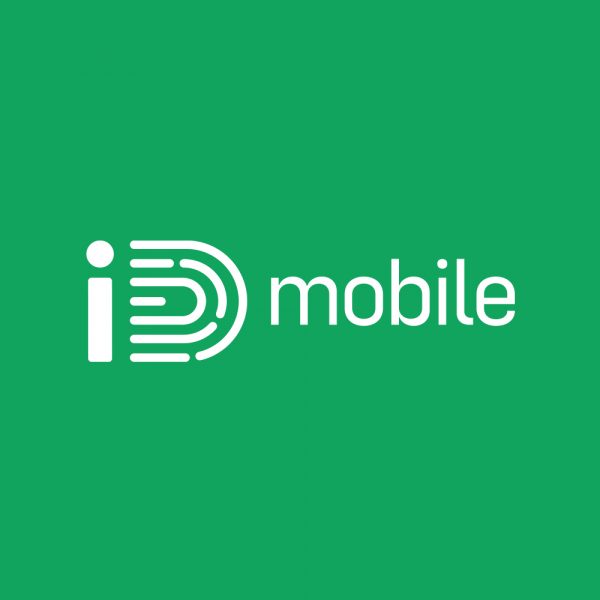The reality is landlines are on the decrease.
BT currently still has an obligation for telephony and the other major players (Sky, VM, TalkTalk) know that a landline remains a desirable option for a sizeable percentage of their customers remaining profitable if transferred to VoIP principles and the PSTN recovered.
My view remains that everyone should have an accessible emergency phone in their home. DECT is fine but their connection and base needs mains to work. Mobiles are fine but wake up dazed in a smoke filled room would you know where you left it and could you see to use it. I will always maintain an emergency phone in a known location accessible to anybody in the house regardless of the technology available.
To me that is a corded phone at two locations in the house, one of which is by the front door. For resilience it needs access to a both a fixed and a mobile network (similar to the "Link To Mobile" Panasonic units Tony Gamble has). However all devices required for a working network need to be protected for power fail.
That is where utilising the existing phone wiring can be important as it allows all power (including phones) to be centralised behind a UPS (as I have).
In power fail the least number of devices to power is important. (Separate ATAs, DECT bases add load).
The nearest commercial product available to the average consumer currently is by BT. That is by directly connecting to the the BT Digital Voice socket on a Smart Hub 2 with the addition of Hybrid Connect. It's only limitation is that it depends on a good indoor EE 4G and you need to provide a sizeable UPS. We still await the revised BT proposals for the BT Digital Voice changeover.
Those that go for this product should not simply tuck the Hybrid Connect in the cupboard as its costing them monthly and it does not fulfil the emergency phone criteria.
Vodafone and others do have 4G dongle backup but I haven't had the opportunity to test their voice service via it.
Two alternative practical solutions are:
- A fixed broadband and tethered phone feed into Failover/Balance Router (eg Edgerouter X) and an ATA with VoIP service and FXO port. Router, Smart phone and ATA on UPS.
- Fixed Broadband, tethered smart phone using WIFI, Jack to Cell Bluetooth (use SIM minutes). If Fixed broadband WIFI fails smart phone switches to 4G. Smart phone and Jack to Cell on a Power bank. (Requires WIFI Calling and VoLTE on phone and mast)
Lots of variations to either of these concepts. Equipment needs to be small and energy efficient.
Yes it is disappointing that all the main ISPs are not supporting the use of existing wiring and putting off people from wanting it. Here is Vodafone:
Phone extension sockets will stop working
Any extra telephone extension sockets in your home won’t work after you switch to Digital Voice. This means if you have anything that uses your telephone wiring, like a burglar alarm or health alarm, it might not work. Get in touch with the provider to check if it’s compatible with Digital Voice.
In a power cut it will stop working
Your telephone connects to your WiFi Hub for Digital Voice, so if the WiFi Hub loses power you won’t be able to use your landline until it comes back on.






































